The Arrow From Plymouth Division
– THE PLYMOUTH ARROW IMPORT CAME FOR 1976
– A COMPACT THAT OFFERED GREAT FUEL ECONOMY
– BECAME POPULAR WITH DRAG RACERS
In March 1976, Road & Track Magazine announced a new car from the Plymouth Division. Chrysler/Plymouth dealerships would soon show a new subcompact. The body is the latest feature of the Plymouth. It shares many parts with its corporate sibling, the Colt. While the Arrow manages to look larger than a Colt, it is fractionally shorter and lower. There is a required hatchback and a small rear seat. This is common for any manufacturer making a subcompact hatchback. The drivetrain is a direct copy of the Colt with the base 1,600cc engine, and the rotary-smooth, 2,000cc Silent Shaft version. All the usual options are offered.
AERODYNAMIC STYLING
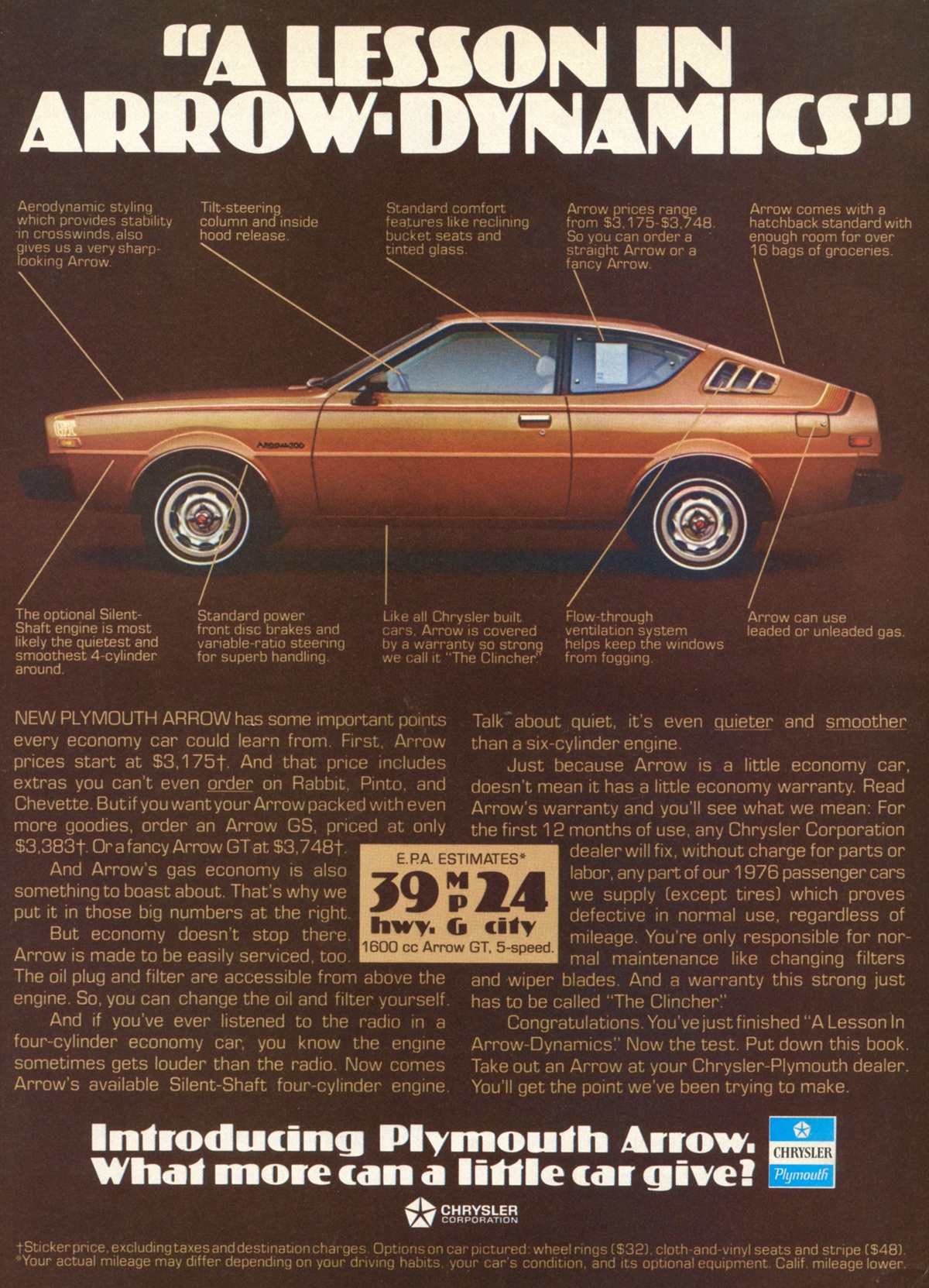
Besides the “Arrow-Dynamics” headline, the advertising also promoted the estimated 39 miles per gallon, plus the 12-month warranty on basically everything except tires.


The base model Arrow was the 160, priced at $3,175.00, with two upgraded versions: GS and GT. The Silent Shaft engine came standard on the GT and was teamed up with a 5-speed manual transmission. Power disc brakes standard up front, variable-ratio steering, tilt-steering column, reclining buckets and fold-down rear seat. Independent front suspension, rigid axle at the rear. MacPherson strut coil springs front, leaf springs rear. 92.1-inch wheelbase. The US-spec Arrow had been fitted with front turn signals that looked like aftermarket auxiliary driving lights. In Japan, the car was called “Celeste.”
In June 1976, Motor Trend Magazine reviewed a GT version with a 2,000cc engine. The editors were impressed with the car, especially its engine, as they wrote, “The Silent Shaft engine is a $231 option and a great deal. It uses counter-rotating anti-vibration shafts. This design helps to nearly remove the annoying vibrations found in an in-line 4-cylinder engine. Mitsubishi’s system used two weighted chain-driven shafts turning at twice the engine’s speed to literally counter engine vibrations. The result is a 4-cylinder engine with the smoothness of a rotary. It must be experienced to be believed, and many veteran 4-cylinder owners simply don’t believe it after experiencing it.”
They ended their report with these words: “Now Plymouth dealers have their own import. They can stop envying their Dodge counterparts.” And they can be pleased with what Chrysler, through Mitsubishi, has given them.”
1977
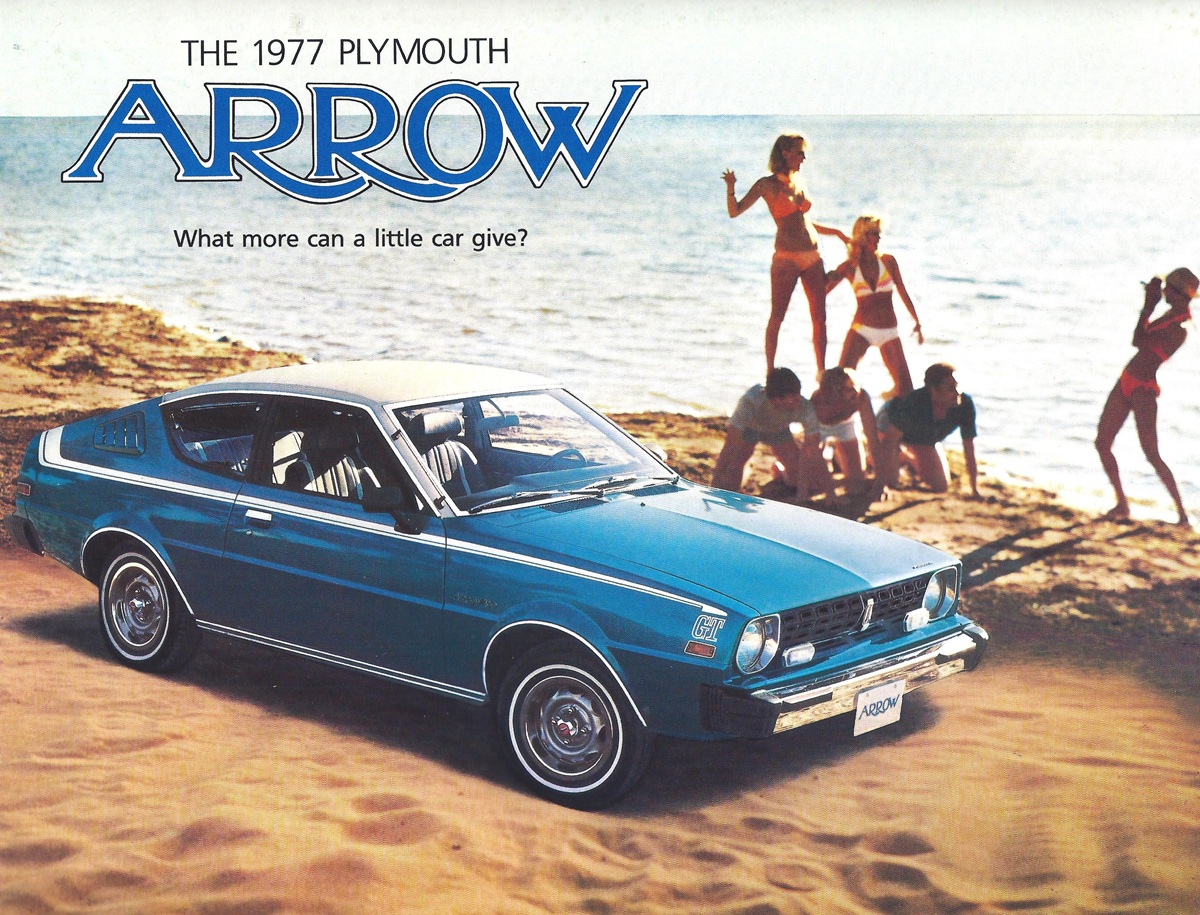
The 1977 Plymouth Arrow stayed the same as before. Dealers noticed more walk-in buyers. Consumers wanted economy and low prices. Arrows delivered that!
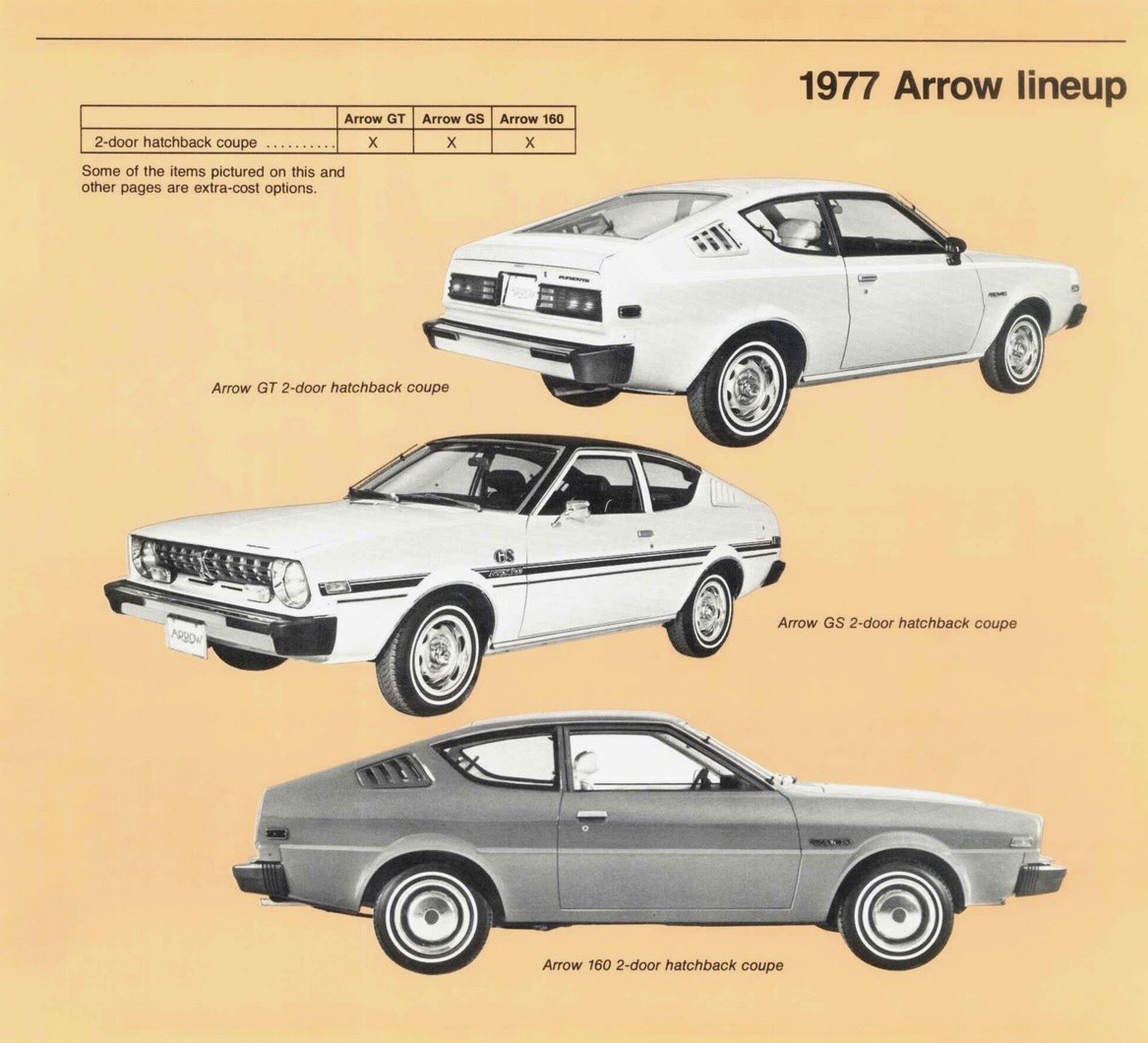
THE HARRY NILSSON SONG “ME AND MY ARROW”
In 1978, TV ads for the Plymouth Arrow featured a catchy jingle. The song was “Me and My Arrow,” originally by Harry Nilsson in 1970. It added some cachet to the car! The song was written as the theme for a 1971 television special named “The Point!” which was narrated by Ringo Starr.
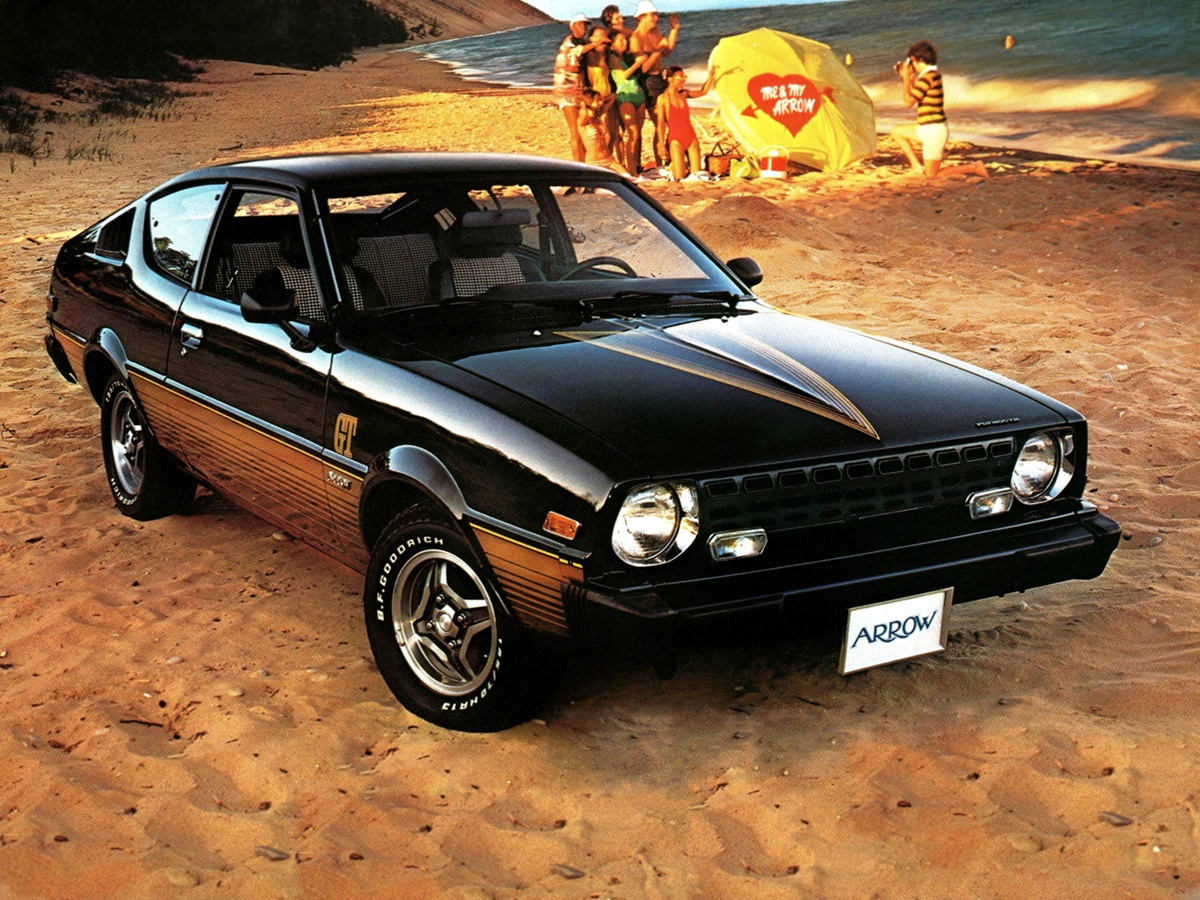
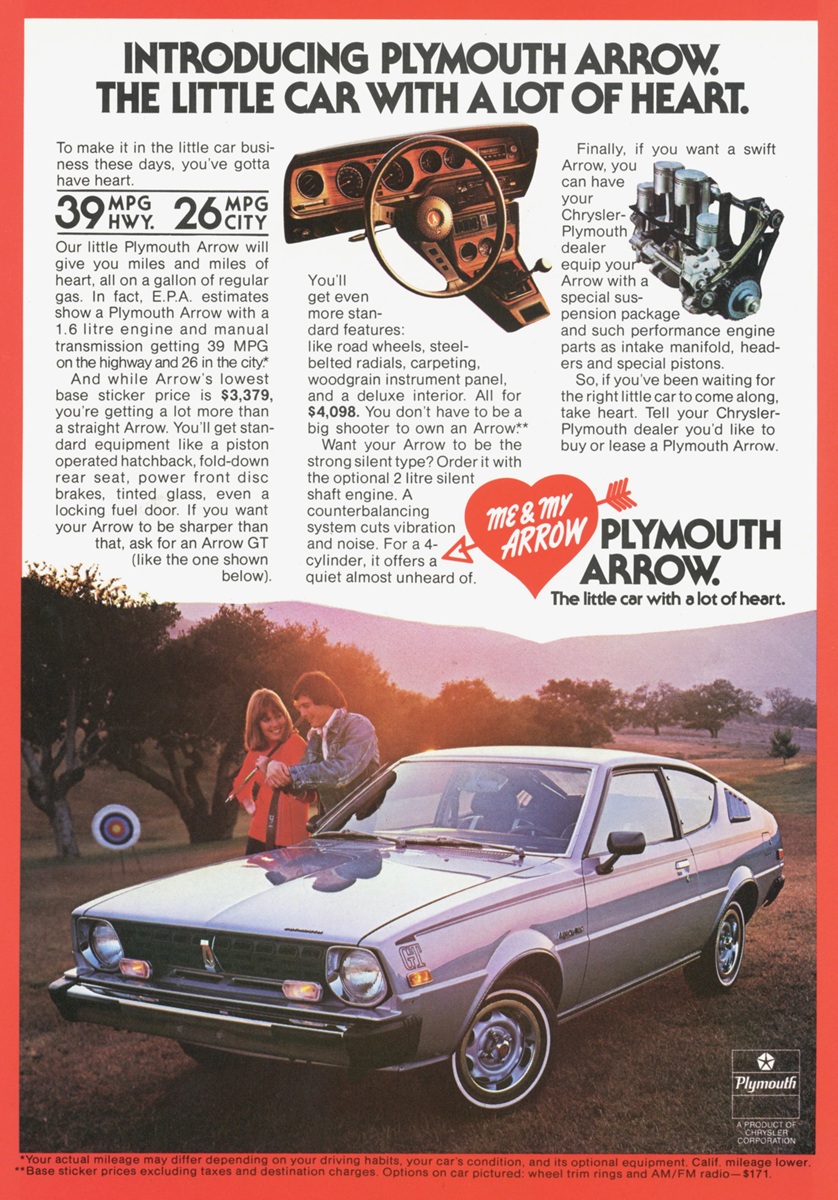
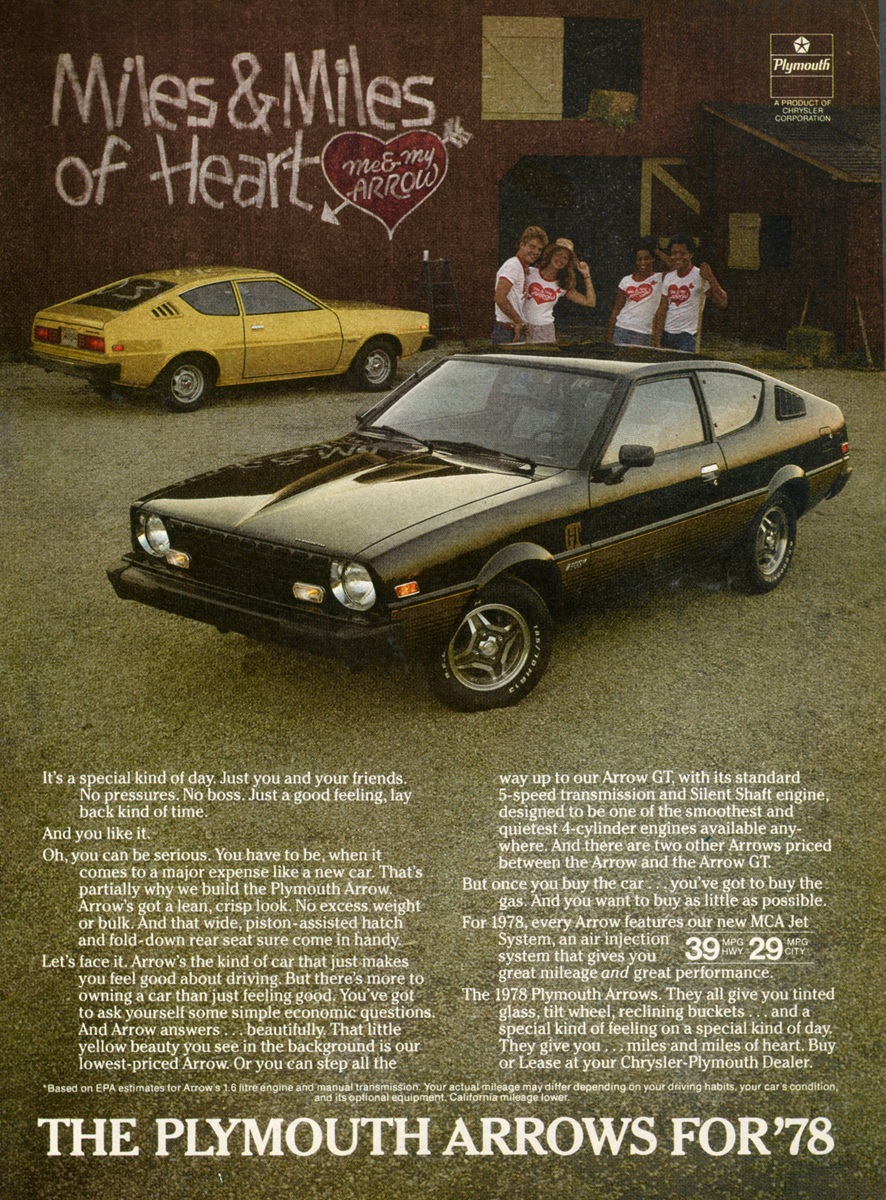
The advertising campaign showed a red heart with an arrow through it. It had the tagline, “The little car with a lot of heart.” Happy people wore T-shirts with the same logo. The Arrow was sold to anyone who wanted good fuel mileage. It also had a youthful charm.

FIRE ARROW

The Fire Arrow has a 2.6L Silent Shaft engine with 105 horsepower. It was available in the 1979 and 1980 model years. The premium version includes cast aluminum road wheels and special bold graphics. It also features black-out window trim and 4-wheel power disc brakes. 1979 Arrows had rectangular headlamps, revised grille, 2.5-inch wider rear track and different rear glass, taillights.

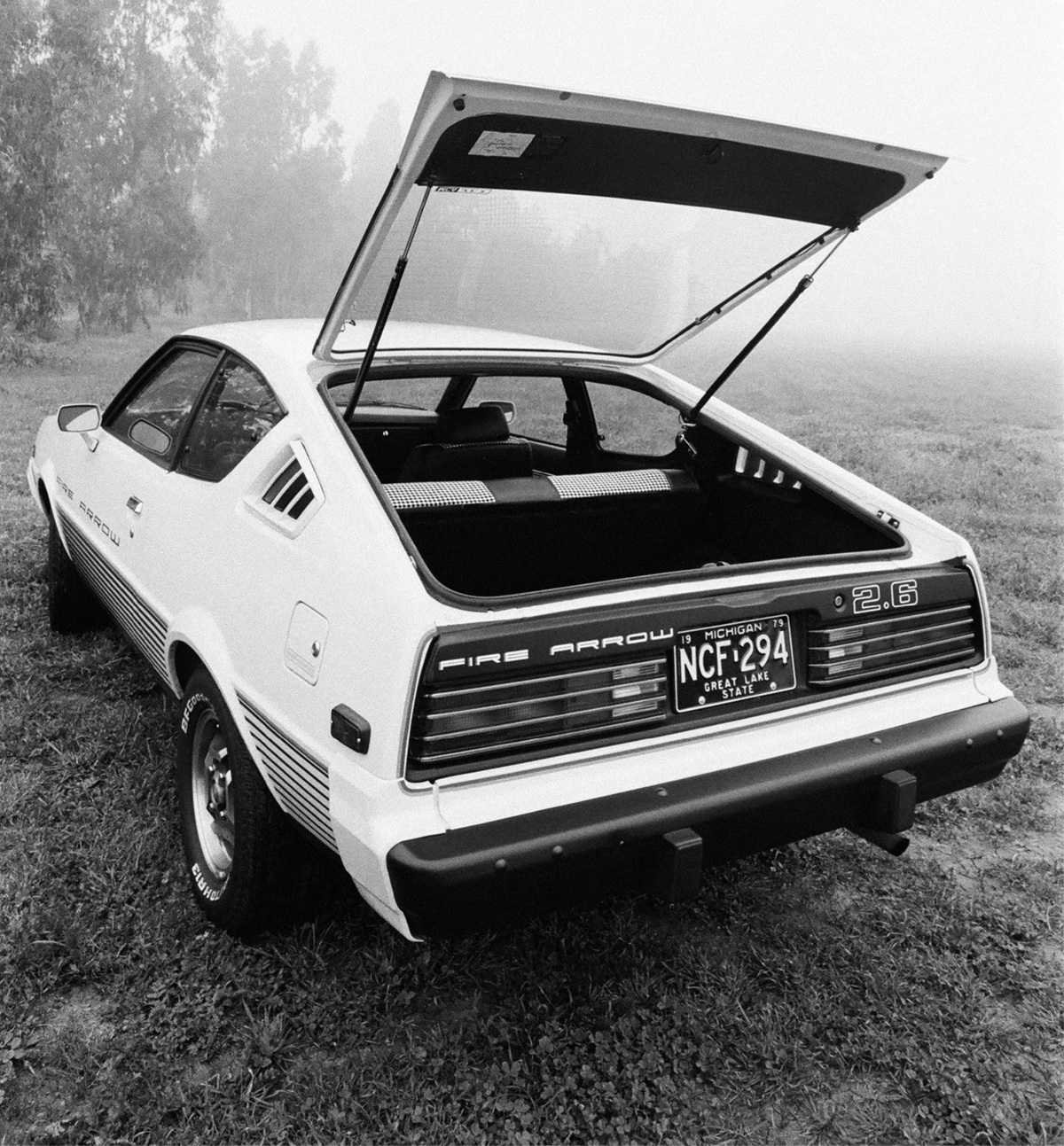
The Plymouth Arrow had a five-year run and was phased out during the 1980 model year.
THE PLYMOUTH ARROW PICKUP TRUCK
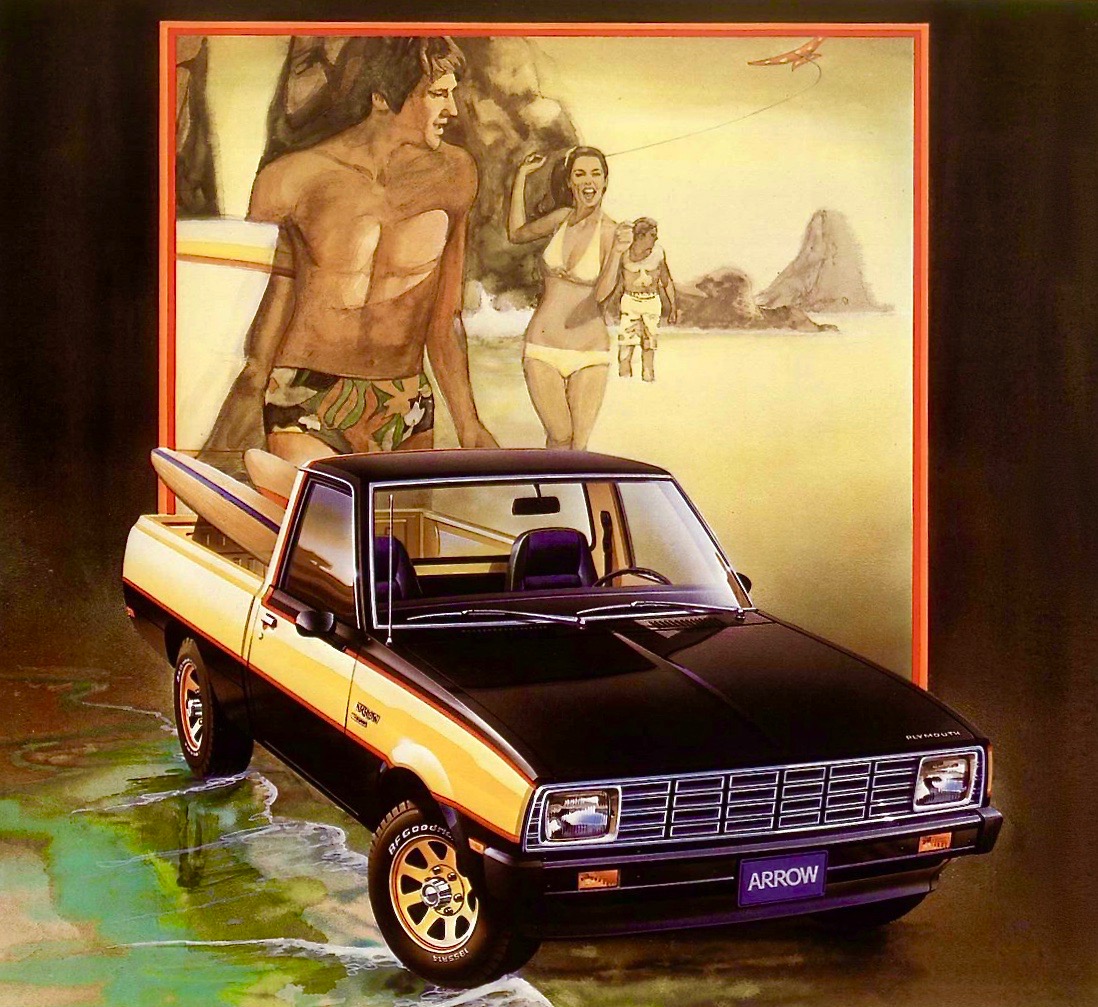
In Japan, this pickup is called the Mitsubishi L200 Forte. Chrysler imported these compact pickups from 1979 to 1982. They were not related to the Arrow cars. They had a 2.6L air-injected 4-cylinder engine and a 6.5-foot bed. The base Arrow pickup cost $4,819.00 and weighed 2,410 pounds. The Arrow Sport model is illustrated here, 5-speed manual transmission standard, priced at $5,608.00. The Dodge version (D50) was identical except for identification markings and sold in much larger numbers.
FOR DRAG RACING: ARROW BODIES IN WHITE
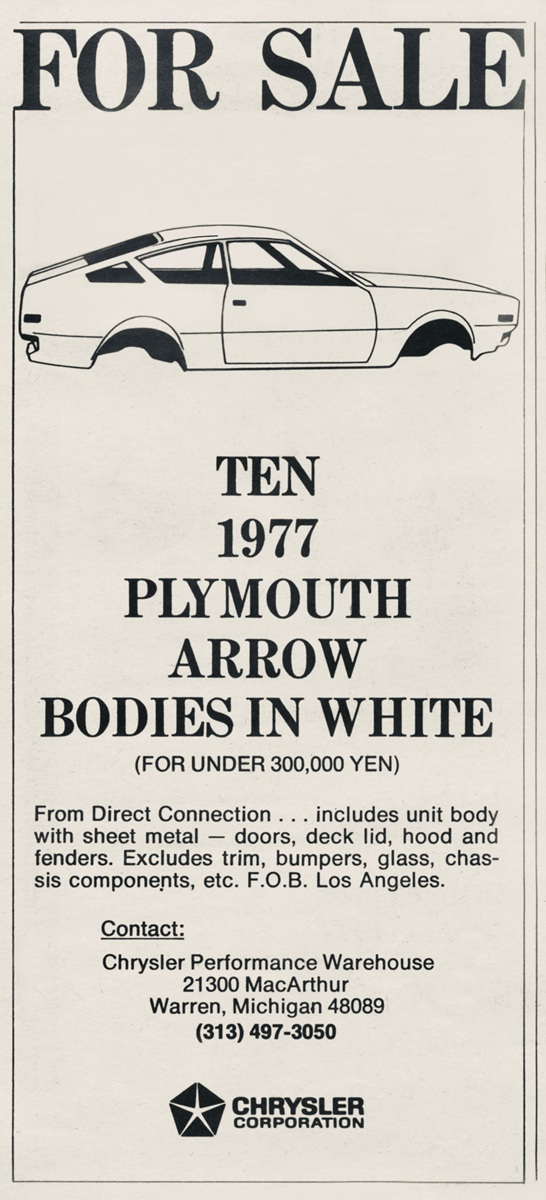
In 1977, an ad in NHRA’s magazine National Dragster offered racers a new Plymouth Arrow body. This body, called “Body in White,” was available for racecar building. Ten of these bodies were listed, and they came from Japan.
ROY HILL’S ARROW
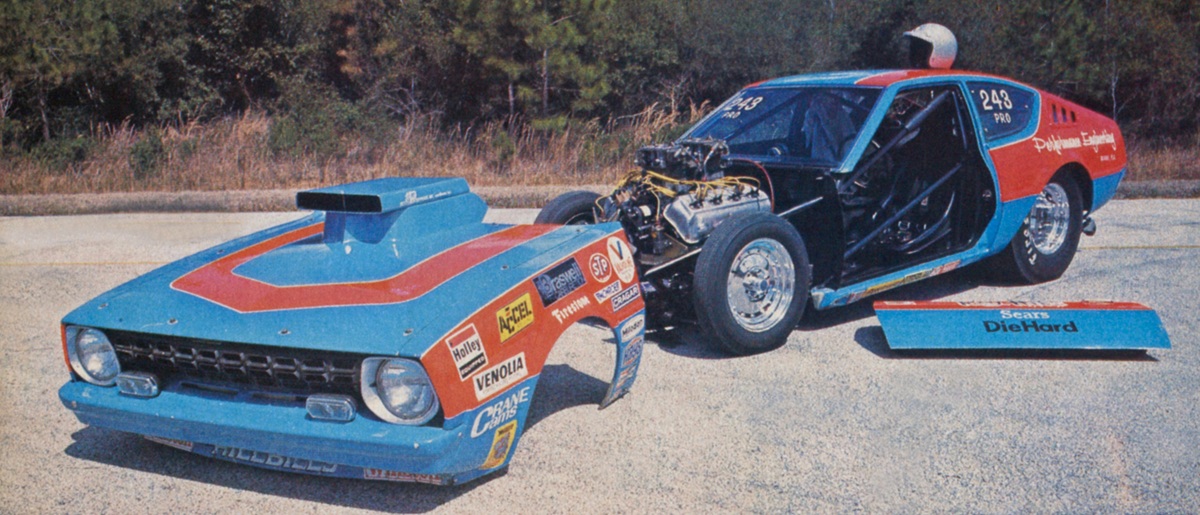
In 1977, Roy Hill from Sophia, North Carolina, introduced a Plymouth Arrow. This car had a HEMI® engine built by Ron Butler. It competed in NHRA and IHRA Pro Stock events and match races. Done up in Petty Electric Blue and STP Dayglow Orange, the “Hillbilly” always had fast Mopar® vehicles! Hill received help from the Petty family through the early years, Maurice included with race HEMI engines.
When the car was built on the chassis jig, there were two sets of engine mounts. One set was for the HEMI engine, and the other was for the small block Mopar engine. The Direct Connection W2 cylinder heads were becoming very popular.
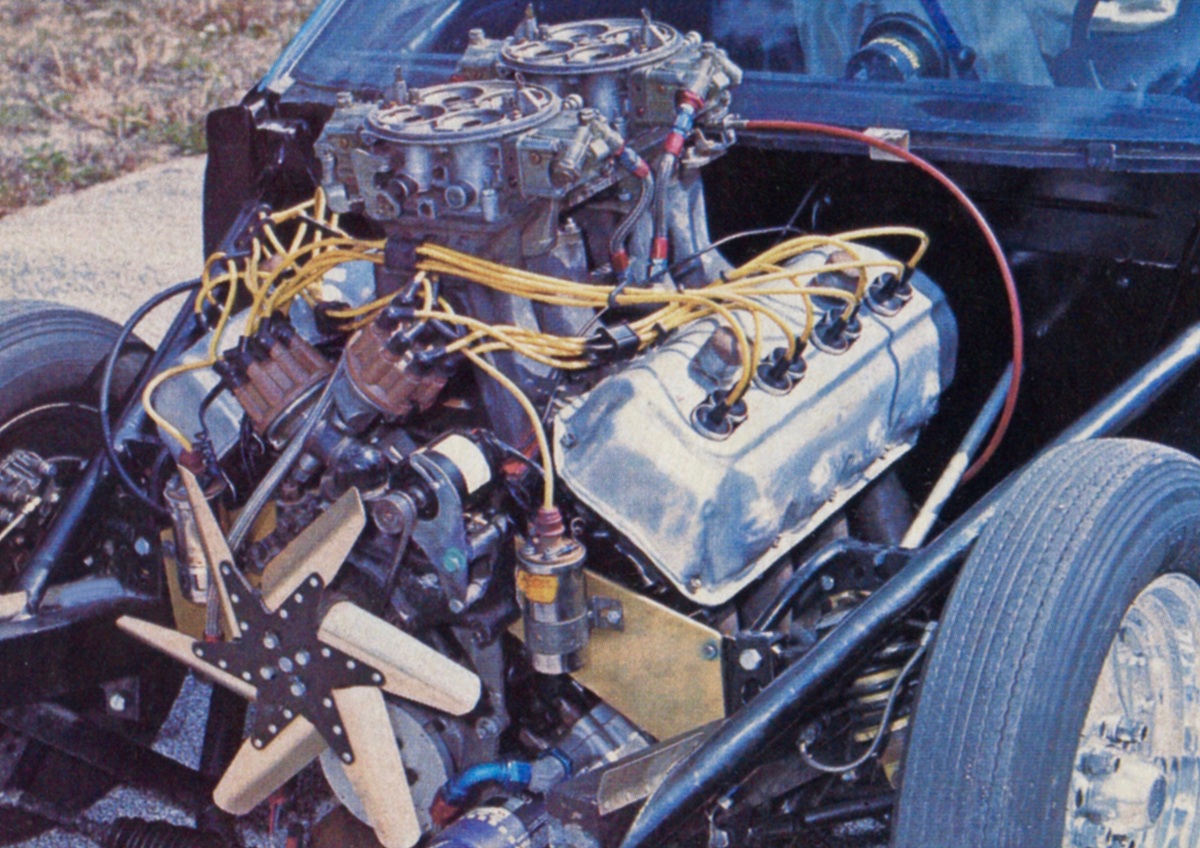
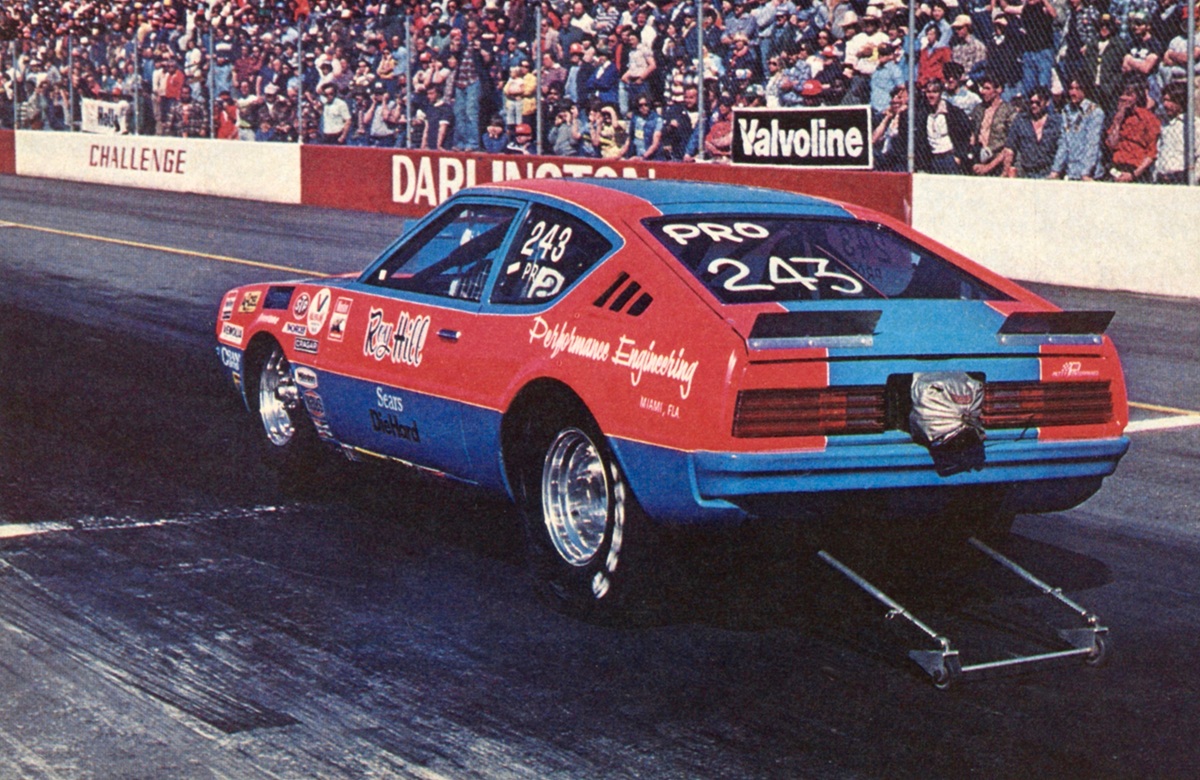
The HEMI engine had a size of 396 cubic inches for the NHRA Pro Stock races. It used Braswell Holley Dominators, a Weiand tunnel ram, a Crane cam and Hooker Headers. For Southern style match racing, anything goes for that and Roy Hill always had some tricks up his sleeve!
BILLY THE KID ARROW
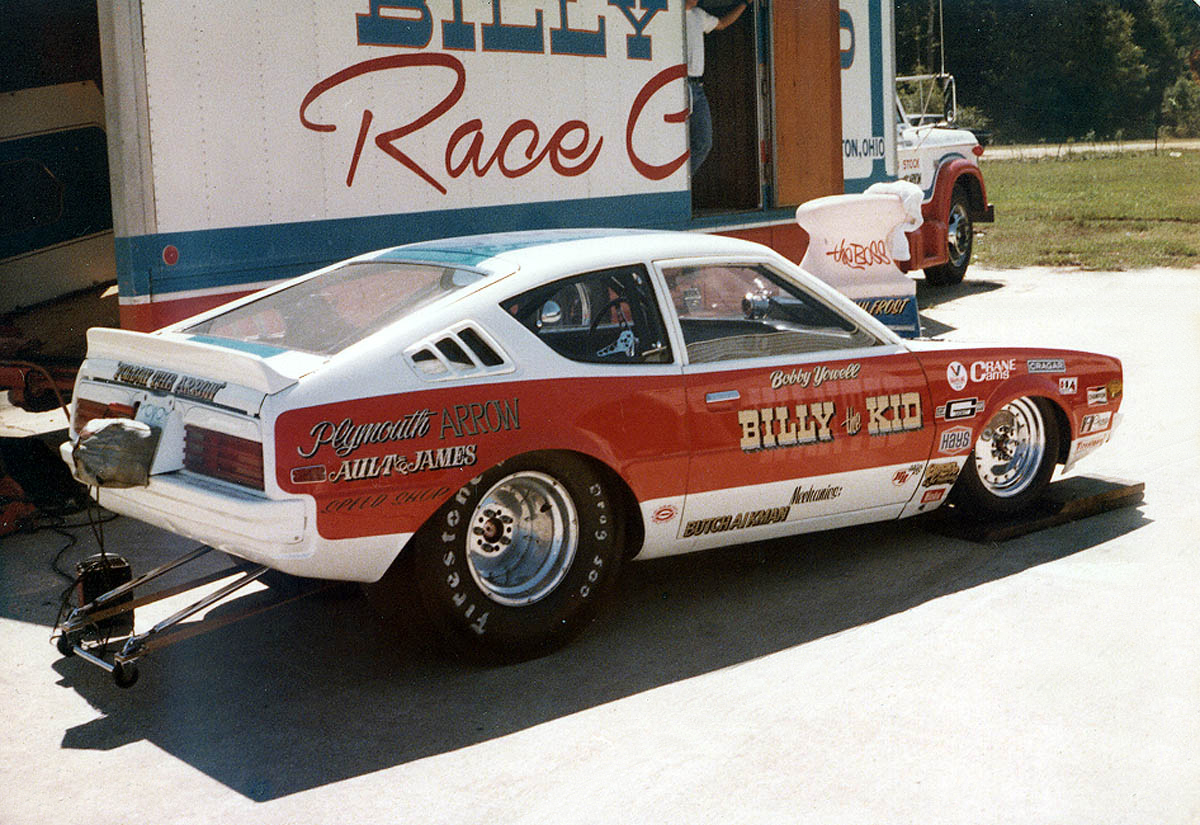
Car owner Billy Stepp, Dayton, OH, campaigned this Arrow in 1978 with both Bobby Yowell and Ronnie Sox driving. A HEMI engine-powered Don Hardy car, it ran in A/FX and as a match racer. Lenco 4-speed linked to Dana 60 (with either 5.12 or 5.57 gears). Paul Frost crew chief. Shown here with “Formula 5000” massive hood scoop!
BOB GLIDDEN RUNS AN ARROW FOR 1979

Mopar’s Dave Koffel played a key role in getting Ford Pro Stock racer Bob Glidden to switch to Plymouth. This all began in the middle of the 1978 season. At that time, Glidden was doing very well with his Ford Fairmont. Koffel and Glidden had talked before. One day, at a race in Milan, MI, they sat on Glidden’s truck. Dave suddenly asked, “How would you like to race a Chrysler?” This of course was a shock to Bob and the thought of getting Glidden away from Ford was something completely unimaginable. For everyone that is except for Dave Koffel!
“He didn’t say no, just that he’d have to think about it,” Koffel said when asked about that initial conversation. Soon after, a deal was struck: Money, new Dodge truck, Chaparral fifth-wheel trailer, engines, blocks, everything needed.
“No sponsorship came from Ford. Chrysler Corporation approached us, and we chose to race a Plymouth Arrow the next year,” Glidden recalled years later. “When we came out the first race in 1979, we totally dominated. We won every race that year, but two. And I red-lighted in the final of those two.”
In 1979, the NHRA Winternationals saw the debut of the Don Hardy-built Glidden Arrow. It won the race with an 8.490 ET at 151 mph. This performance amazed everyone, to say the least. The focus was on NHRA rules and Pro Stock weight breaks. These rules considered engine size and vehicle weight. For this new Mopar project, power came from a small 314-cid Mopar engine. It had heavily modified W2 Direct Connection cylinder heads, which were a specialty of Bob Glidden.
Glidden’s small Mopar was very fast during the 1979 racing season. In some races, his speed was much lower than usual. This happened because he was so far ahead that he let off the gas and coasted to victory. All that even with the NHRA adding weight to his combination, he still prevailed over the competition all season long. In the 1979 season, he was the star of Chrysler’s Direct Connection parts program. He easily won the NHRA World Championship!
NHRA PRO STOCK SPEED RECORD: HAGEN’S ARROW
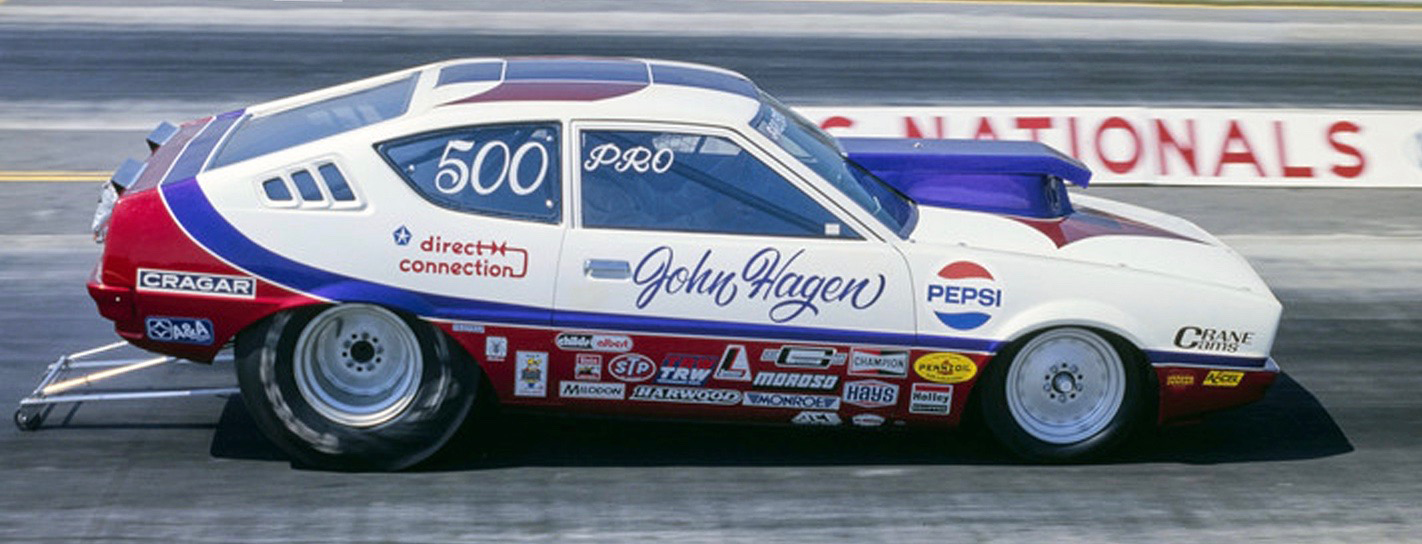
In 1981, a Plymouth Arrow Pro Stock car set a national record. This happened at the NHRA World Finals. The event took place at OCIR, which stands for Orange County International Raceway. It reached a top speed of 165.13 mph. It came from John Hagen, the owner of a hardware store. He is a long-time Mopar drag racer from St. Paul, MN. Hagen’s Arrow had a short deck 383-cid HEMI engine. This engine used the “B” block and had modified HEMI cylinder heads. It was a successful engine combination. However, starting in 1982, NHRA changed to a universal rule. The new rule set the engine size at 500 cubic inches and the minimum weight at 2,350 pounds. This made the old pounds-per-cubic-inch system outdated.
OBSESSION ARROW
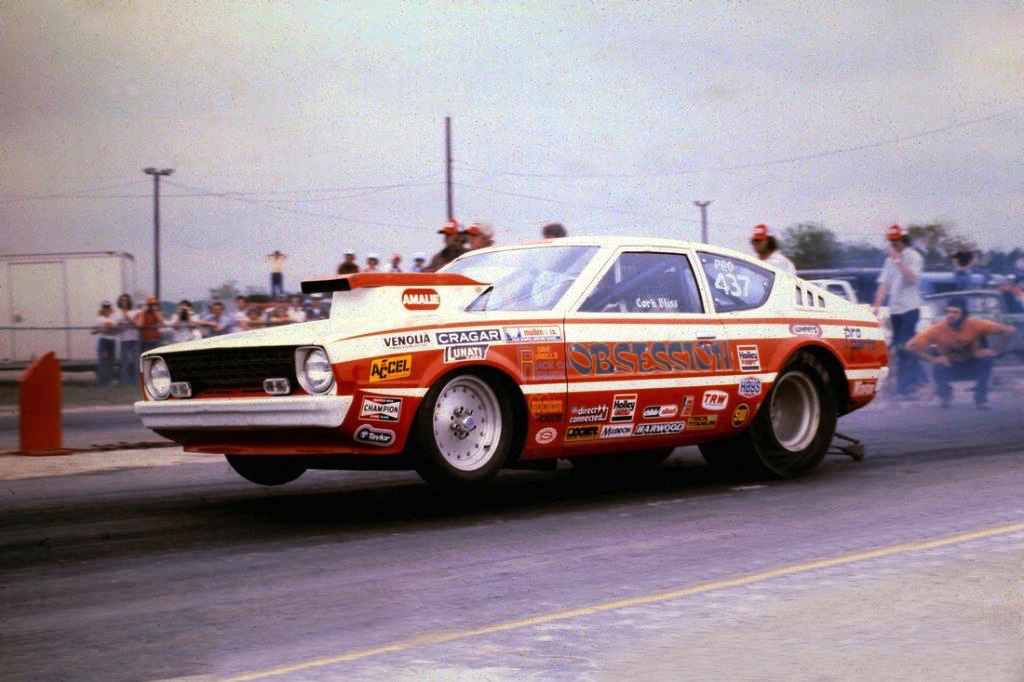
Cork Bliss from Lafayette, LA, in the former Butch Leal Arrow, running Pro Stock in NHRA Division 4, circa 1980.
SUPER GAS ARROWS

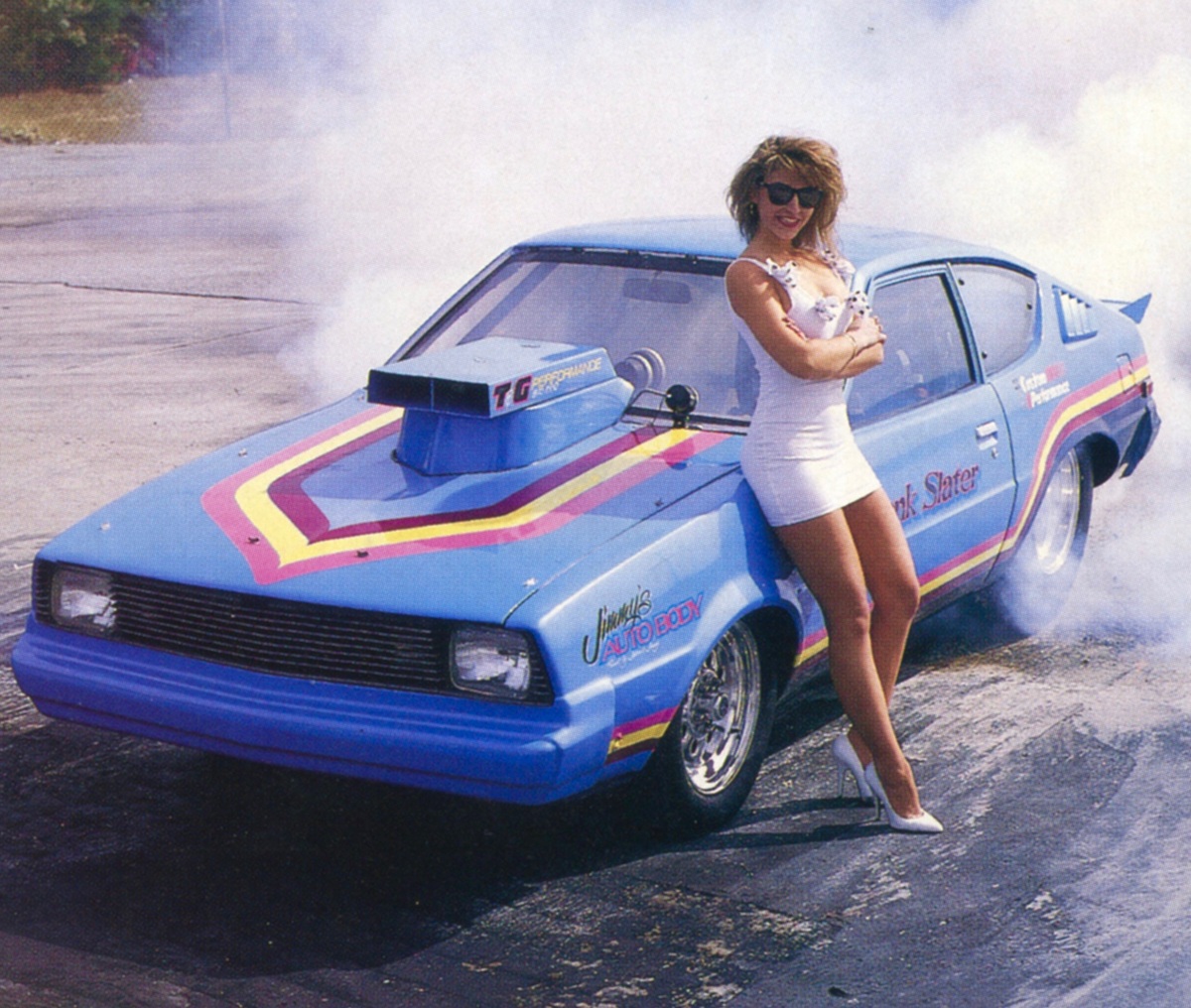
Linda MacDonald and Frank Slater’s Super Gas Arrows show that this Arrow body shape raced in the 9.90-second index class. They often used small-block Mopar engines under the hoods.
ARROWS ARE STILL OUT THERE
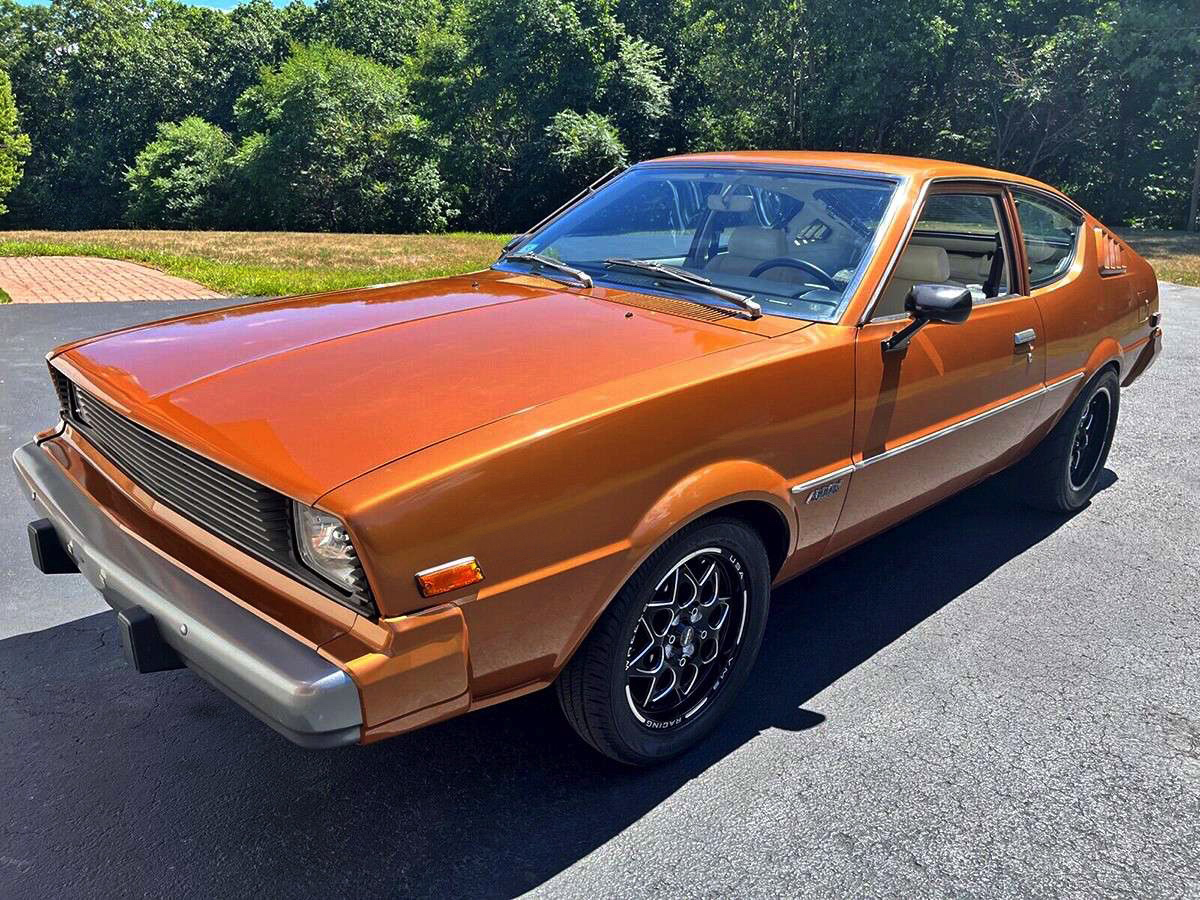
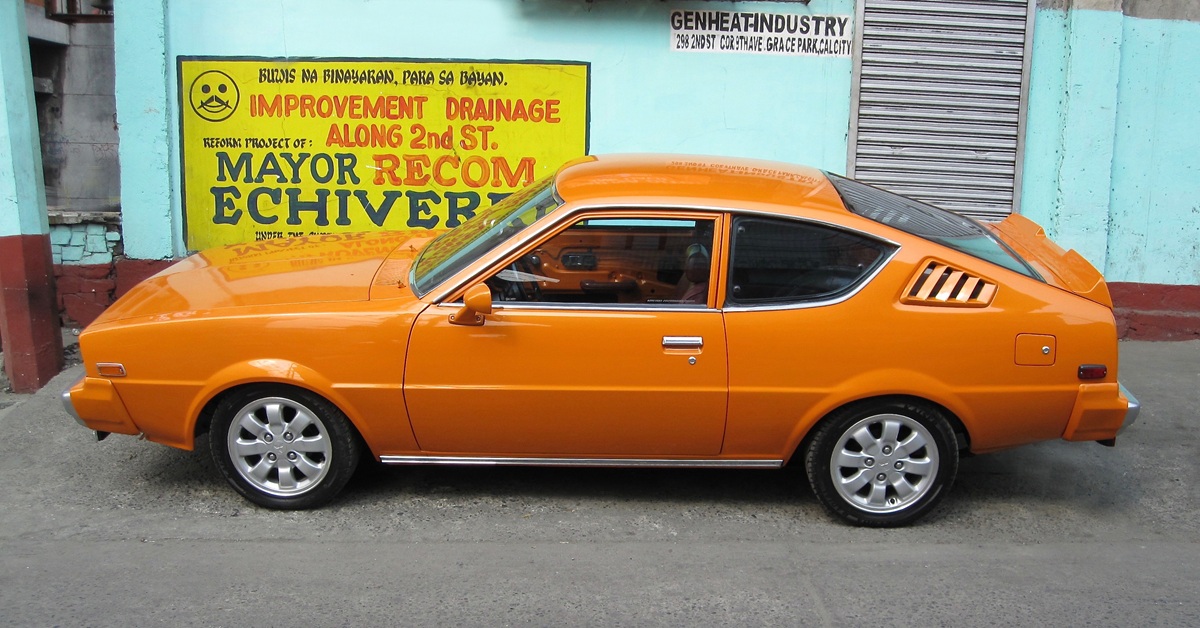
Some survived!
NEXT TIME: ARROW AERODYNAMIC PROPERTIES
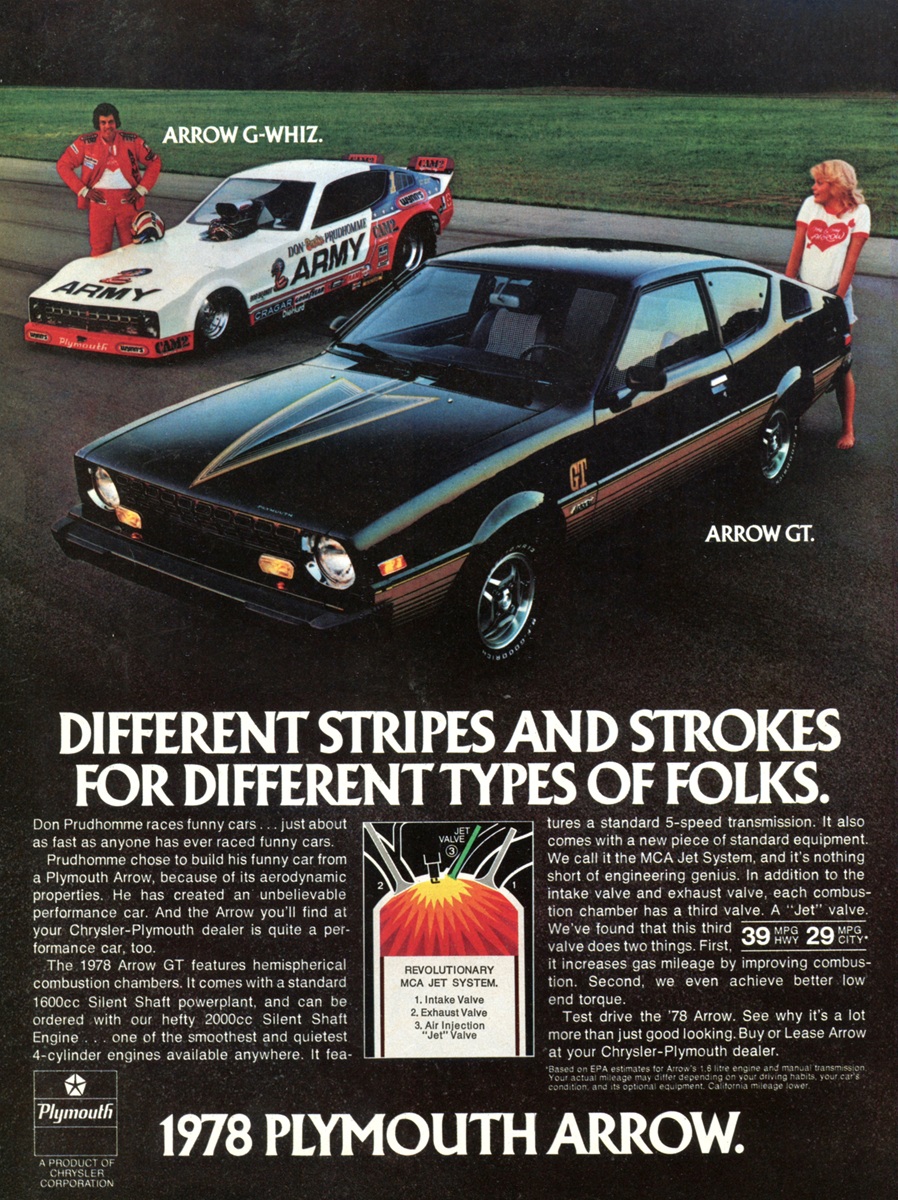
The small Plymouth Arrow took part in Pro Stock and Sportsman door-slammer drag racing. However, its biggest impact was in the Funny Car class. It became a very popular choice for racers using Nitromethane and Alcohol Funny Cars! All those details to come, including how Don Prudhomme was involved in its design.
Here’s the Plymouth Arrow as shown for the introduction late 1976, the Dealer Film showcasing the different models and features:
Author: James Maxwell

0 Comments